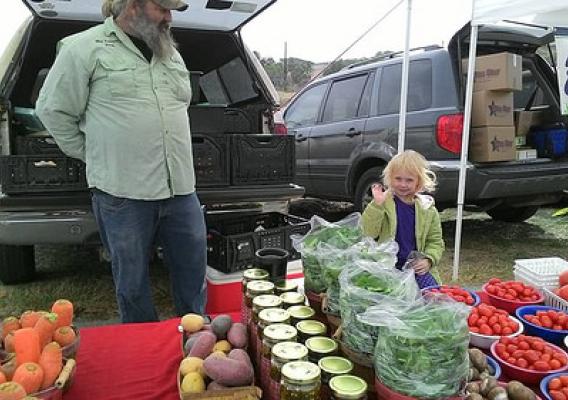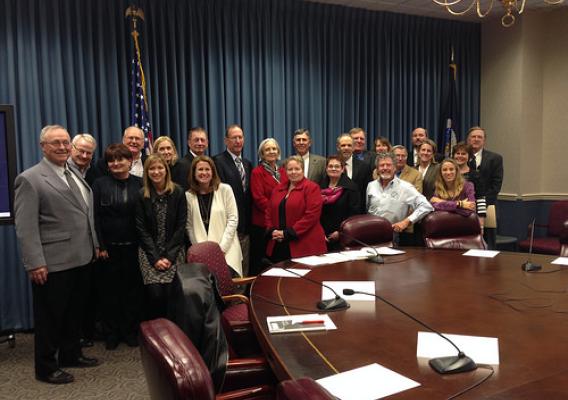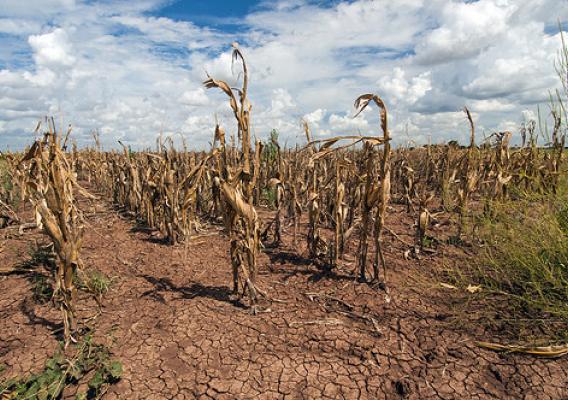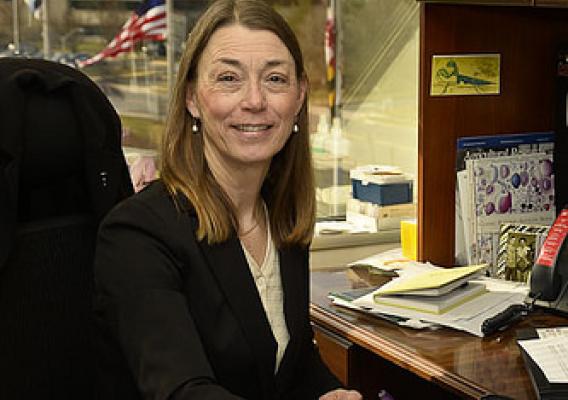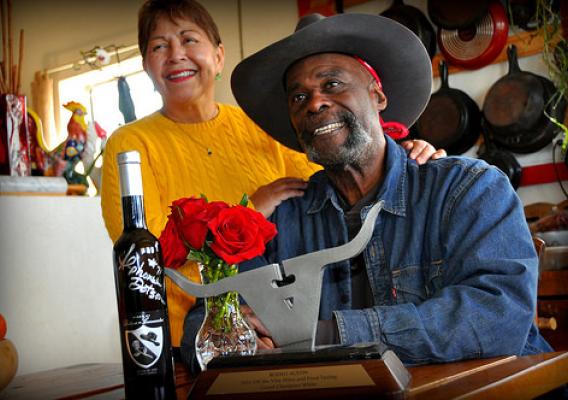While rates of Salmonella illnesses remain stubbornly high in this country, the United States is continuing to rely on a 60-year-old poultry inspection system developed under the Eisenhower Administration. Our knowledge of foodborne illness and poultry processing has improved significantly since then, and our food safety measures should too. The Food Safety and Inspection Service (FSIS) has examined new approaches to poultry safety through an extensive multi-year pilot project. In January 2012, FSIS put forward a modernization proposal based on this project because the data showed modernizing our procedures to combat invisible pathogens, rather than relying extensively on visual inspection, could prevent 5,000 foodborne illnesses per year. As a public health agency, it is crucial that we make use of 21st century science to reduce pathogens and save lives.
Some of the changes being proposed in the modernization plan concern some groups who misunderstand what FSIS is putting forward. In particular, some have claimed that the allowed speed increase for evisceration lines would lead to higher injury rates among poultry plant workers. But a newly released report provides evidence that this isn’t the case.

